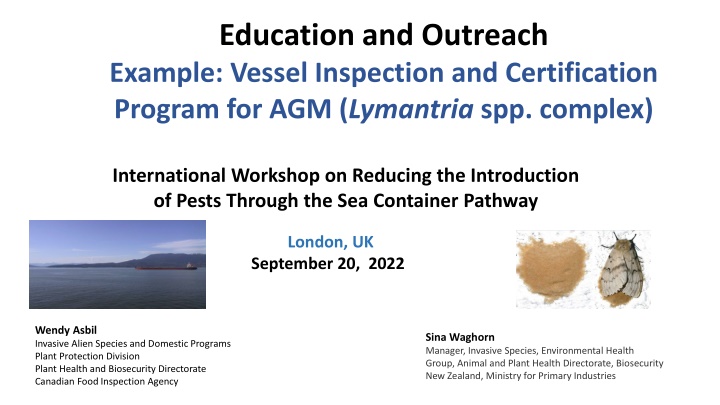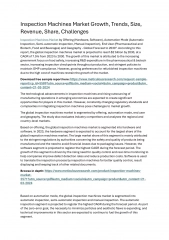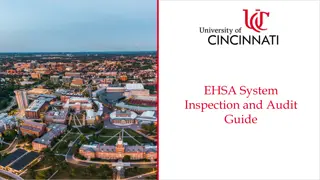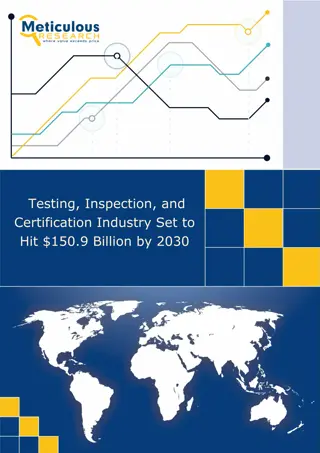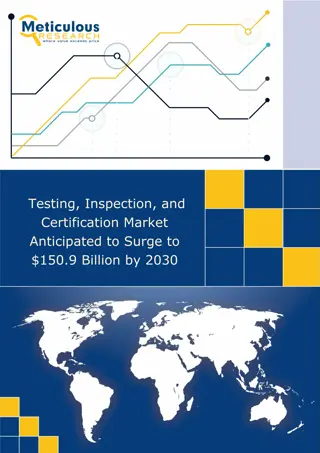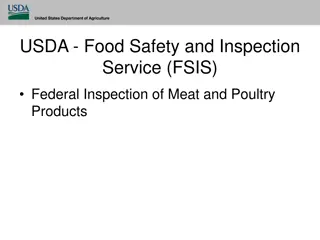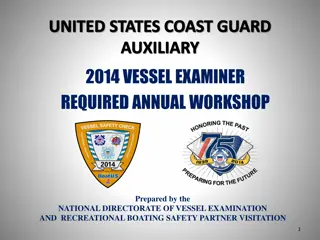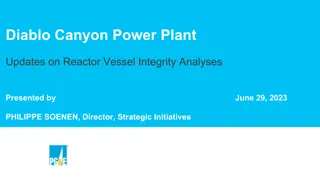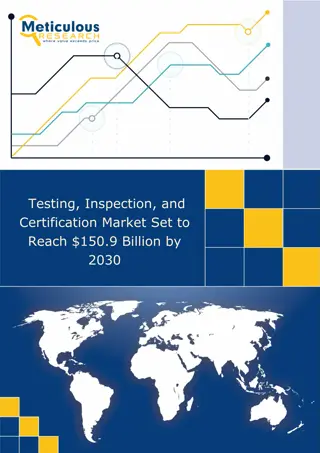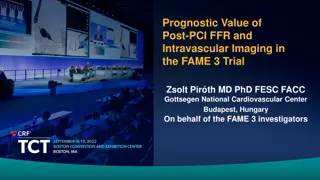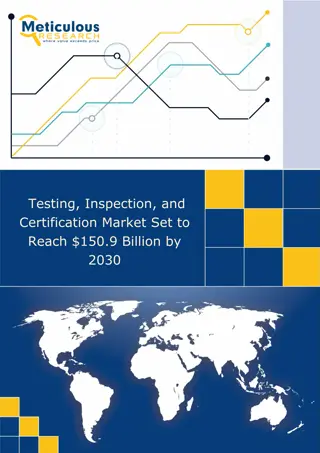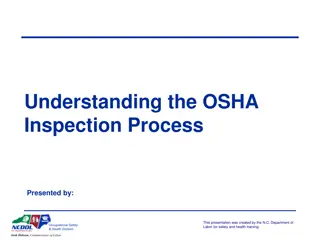Vessel Inspection & Certification Program for AGM: Best Practices & Expected Outcomes
Vessel Inspection and Certification Program aimed at reducing the introduction of Lymantria spp. complex pests through the sea container pathway. The program involves coordination among NPPOs, inspection bodies, and the shipping industry to mitigate risks, simplify requirements, and increase compliance and trade facilitation. Key aspects include engaging early, aligning requirements, and achieving better outcomes for regulating countries. Learn more about best practices and the expected positive impacts of the program.
Download Presentation

Please find below an Image/Link to download the presentation.
The content on the website is provided AS IS for your information and personal use only. It may not be sold, licensed, or shared on other websites without obtaining consent from the author.If you encounter any issues during the download, it is possible that the publisher has removed the file from their server.
You are allowed to download the files provided on this website for personal or commercial use, subject to the condition that they are used lawfully. All files are the property of their respective owners.
The content on the website is provided AS IS for your information and personal use only. It may not be sold, licensed, or shared on other websites without obtaining consent from the author.
E N D
Presentation Transcript
Education and Outreach Example: Vessel Inspection and Certification Program for AGM (Lymantria spp. complex) International Workshop on Reducing the Introduction of Pests Through the Sea Container Pathway London, UK September 20, 2022 Wendy Asbil Invasive Alien Species and Domestic Programs Plant Protection Division Plant Health and Biosecurity Directorate Canadian Food Inspection Agency Sina Waghorn Manager, Invasive Species, Environmental Health Group, Animal and Plant Health Directorate, Biosecurity New Zealand, Ministry for Primary Industries
AGM = complex of the following Lymantria species and sub-species: Lymantria albescens, L. postalba, L. umbrosa, L. dispar japonica and L. dispar asiatica Affects forestry, agriculture, and environmental sectors Main pathways of introduction are marine vessels, conveyances and cargo (not commodity specific) Keep risk at origin: program to inspect and certify vessels before they leave last high risk port during high risk season Impact on shipping industry and NPPOs in regulated and regulating countries Similar programs: Argentina, Canada, Chile, New Zealand, United States
Best Practices Co-ordination and cooperation among NPPOs in regulated and regulating countries, inspection and certification bodies and marine shipping industry Engage early, often and consistently Align general requirements, messages and outreach - where feasible (e.g. joint bulletins, Specified Risk Period changes)
Expected Outcomes Better mitigate risk of Lymantria spp. introduction to regulating countries from vessels that call on high risk ports during moth flight Simplify requirements for shipping industry, inspection and certification bodies and NPPOs Increase compliance and facilitate trade
